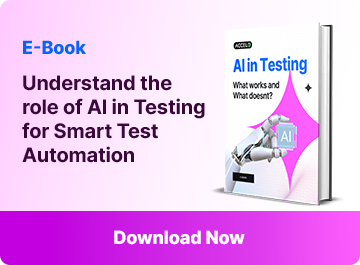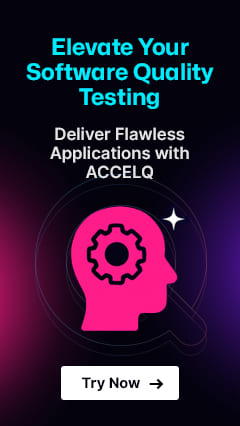Risk-Based Testing with LLMs: From Coverage to Confidence

The future of quality assurance lies in Risk-Based Testing with LLMs, where intelligent AI models continuously assess and prioritize testing risks instead of chasing raw coverage numbers.
For decades, QA and engineering teams have pursued one familiar goal: 100% test coverage. It sounded like the ultimate measure of quality. But as systems grew complex and software delivery accelerated, this target lost its meaning.
Thousands of automated tests do not ensure reliability if a single critical defect disrupts a key business flow. Complete coverage is neither possible nor practical in today’s digital ecosystems.
The real question is no longer how much we test but whether we are testing what truly matters. True quality assurance is about risk confidence, not test volume.
- Risk-Based Testing: A Great Idea That Never Scaled
- What Is Risk-Based Testing in LLMs?
- The Turning Point: Risk That Thinks and Adapts
- How Do Large Language Models (LLMs) Enhance Risk-Based Testing?
- What Are the Key Components of an LLM-Driven Risk-Based Testing Approach?
- How QA Teams Transform with LLM-Driven RBT?
- How Can QA Teams Use LLMs to Prioritize High-Risk Test Cases?
- How Does LLM-Based RBT Improve Test Confidence and Efficiency?
- The Future of Testing: What Matters?
Risk-Based Testing: A Great Idea That Never Scaled
Risk-Based Testing (RBT) was designed to solve this problem, to focus testing where risk and impact are highest. In principle, it shifts the goal from executing every test to executing the right tests.
However, traditional RBT never reached its potential. It was manual, subjective, and static, unable to evolve as the product evolved.
The traditional formula looks simple:
Risk = Impact × Likelihood
But each part carried deep flaws:
- Impact was decided in meetings, not measured through data.
- Likelihood was guessed without insight into code churn, defect density, or historical failures.
- Risk models were documented once and forgotten, quickly outdated as development moved forward.
In the end, RBT stayed theoretical, a smart idea without a scalable engine.
What Is Risk-Based Testing in LLMs?
Risk-Based Testing in LLMs refers to using Large Language Models to make risk assessment continuous, data-driven, and adaptive. Instead of static spreadsheets or manual reviews, LLMs process real-time information, code changes, test histories, and defects, to identify the areas most likely to fail.
This approach ensures QA teams spend their time on the highest-impact test cases, improving both efficiency and product reliability.
The Turning Point: Risk That Thinks and Adapts
Large Language Models (LLMs) have changed the equation. As we’ve seen with ChatGPT’s role in test automation, generative AI can understand natural language and translate it into executable testing logic.
For the first time, we can operationalize RBT in a living, dynamic system, one that continuously learns, analyzes, and prioritizes testing based on live data and business context.
By leveraging Risk-Based Testing with LLMs, QA teams can finally automate the decision-making once driven by static spreadsheets. An LLM-powered testing platform connects the dots across code changes, test results, defect data, and business criticality to produce continuously evolving risk intelligence.
This is no longer static documentation or subjective judgment.
It is a real-time model of how risk flows through your system.
SUGGESTED READ - Generative AI-Powered Autopilot
How Do Large Language Models (LLMs) Enhance Risk-Based Testing?
LLMs enhance Risk-Based Testing by interpreting business and technical signals in real time. They evaluate both the impact (business criticality) and likelihood (technical fragility) of failure. By analyzing metadata, commit frequency, historical failures, and open defects, LLMs calculate dynamic risk scores that continuously evolve with each release.
This enables Dynamic Risk Assessment in Testing, ensuring your test strategy always aligns with live product realities.
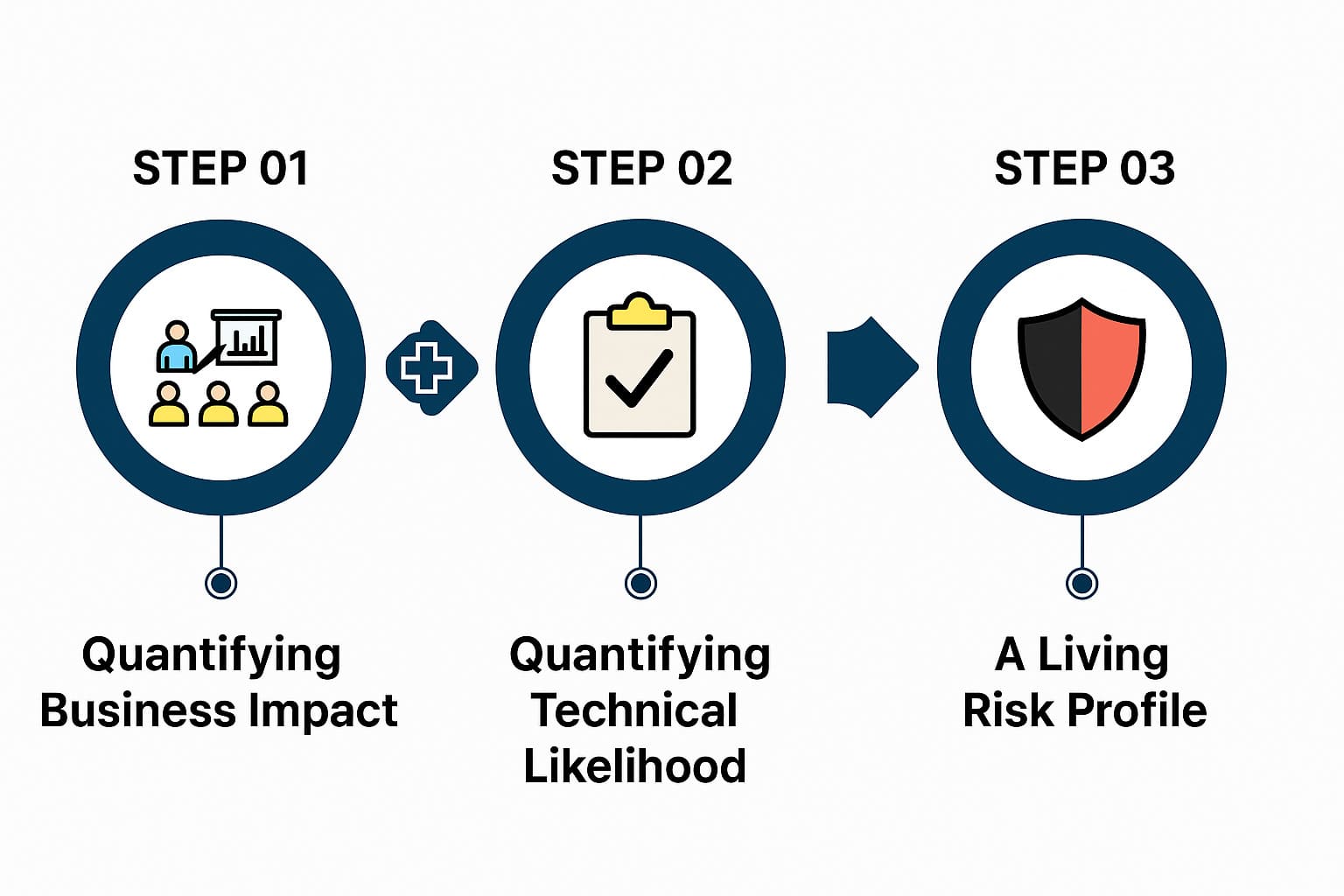
Step 1: Quantifying Business Impact
An LLM can be trained to understand the hierarchy of your business functions. It processes test metadata, user stories, and descriptions to identify business-critical areas automatically.
For example, a test case titled “Verify successful fund transfer” may be classified as:
- Category: Financial Transaction
- Business Priority: P0 Critical
- Module: Payments
The platform calculates an impact score automatically.
A test validating a financial process in a P0-critical module receives a high-impact tag, no debates, no manual assignment.
This creates a consistent, objective, and scalable foundation for evaluating business risk.
Step 2: Quantifying Technical Likelihood
The likelihood of failure is no longer a guess.
LLMs can synthesize multiple technical data points in real time to estimate how likely a feature is to fail – including patterns that often lead to flaky tests or intermittent failures.
- Test history and frequency of past failures
- Open defects associated with each module
- Recent commits and code churn to gauge volatility
- Defect recency and unresolved issue counts
From these signals, the model calculates a likelihood score that reflects the probability of failure for each test.
A scenario linked to five open bugs and three recent failures automatically rises in priority.
This transforms risk from subjective assessment into a continuous risk evaluation powered by data.
Step 3: A Living Risk Profile
When impact and likelihood come together, we get a living risk profile, continuously updated and fully explainable.
Example:
- Scenario: Verify Fund Transfer
- Overall Risk: Critical
- Justification: Critical-impact financial transaction in a high-churn module with 75% recent failure rate and five unresolved defects.
Your regression suite evolves from a static list to a dynamic, prioritized system that recalibrates itself with every commit, test run, and defect update.
This is what LLM-powered Risk-Based Testing was meant to be, not theoretical, but continuously operational.
What Are the Key Components of an LLM-Driven Risk-Based Testing Approach?
The key components include:
- Business Impact Modeling: Mapping tests to business-critical areas.
- Technical Risk Scoring: Continuous analysis of code churn, failures, and defect data.
- Adaptive Prioritization: Re-ranking test cases based on live risk.
- Human-in-the-Loop Oversight: Allowing QA leaders to validate or override AI-based recommendations.
- Continuous Learning: The system refines itself with each new data point, improving accuracy over time.
How QA Teams Transform with LLM-Driven RBT?
| Traditional Testing | LLM-Driven Risk-Based Testing |
|---|---|
| Execute all tests in regression | Execute only high-risk areas intelligently |
| Depend on manual triage | Automatically prioritize failures by impact |
| Use static smoke suites | Continuously update based on live data |
| Risk decisions made by opinion | Risk decisions made by data and context |
| Reactive test execution | Proactive risk assurance |
Smarter Regression Execution
Instead of running every test in a build, the system executes only those above a defined risk threshold.
Example: “Run all tests where overall_risk_level ≥ High.”
This reduces test cycle times and optimizes CI/CD pipelines.
Intelligent Failure Triage
When a build fails, the platform highlights critical business risks first. Developers and QA leads can immediately focus on the issues that truly affect users and business outcomes.
Human-in-the-Loop Decisioning
The LLM doesn’t replace human judgment, it enhances it.
QA leaders can override or adjust priorities based on release timelines, customer demos, or production insights. The system learns from this feedback, becoming smarter and more aligned with real-world context.
How Can QA Teams Use LLMs to Prioritize High-Risk Test Cases?
QA teams use LLMs to automatically rank test cases by their risk profile, which is computed through data from code repositories, test management tools, and defect logs. This prioritization ensures testing focuses on high-impact areas, improving test confidence and efficiency while reducing redundant execution.
How Does LLM-Based RBT Improve Test Confidence and Efficiency?
LLM-based RBT improves confidence by dynamically targeting high-risk areas, reducing time spent on low-value tests, and increasing visibility into potential failure points. The combination of AI risk prioritization in testing and human validation creates an efficient balance between automation and assurance.
The Future of Testing: What Matters?
LLM-powered Risk-Based Testing is not just a smarter testing method, it’s a shift in how we think about quality itself.
At ACCELQ, we are building this intelligence into Autopilot, our generative AI engine that learns from your ecosystem, understands your business priorities, and dynamically adjusts your testing focus.
Autopilot transforms testing from exhaustive validation into proactive risk assurance, enabling teams to move from chasing coverage to building confidence.
With Risk-Based Testing with LLMs, QA moves from measuring coverage to delivering confidence.
Geosley Andrades
Director, Product Evangelist at ACCELQ
Geosley is a Test Automation Evangelist and Community builder at ACCELQ. Being passionate about continuous learning, Geosley helps ACCELQ with innovative solutions to transform test automation to be simpler, more reliable, and sustainable for the real world.
You Might Also Like:
 Smarter, Faster Testing with Generative AI-Powered Autopilot
Smarter, Faster Testing with Generative AI-Powered Autopilot
Smarter, Faster Testing with Generative AI-Powered Autopilot
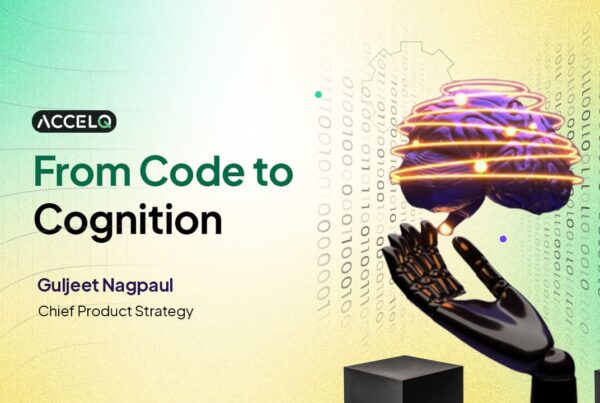 From Code to cognition- Tracing the journey of AI and its impact on test automation.
From Code to cognition- Tracing the journey of AI and its impact on test automation.
From Code to cognition- Tracing the journey of AI and its impact on test automation.
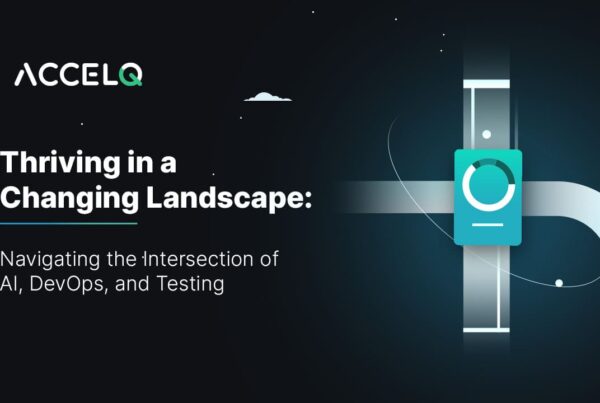 AI in DevOps: The Hidden QA Advantages Teams Miss Today
AI in DevOps: The Hidden QA Advantages Teams Miss Today
































